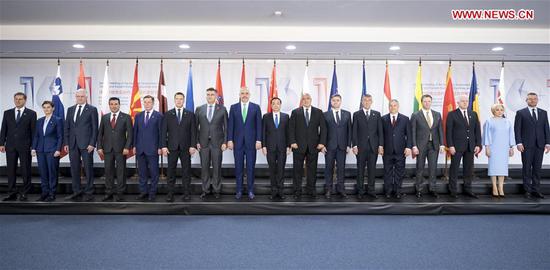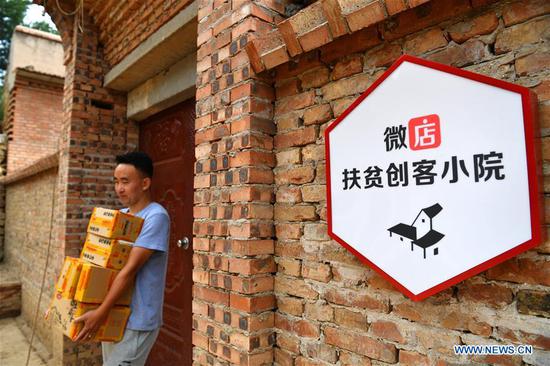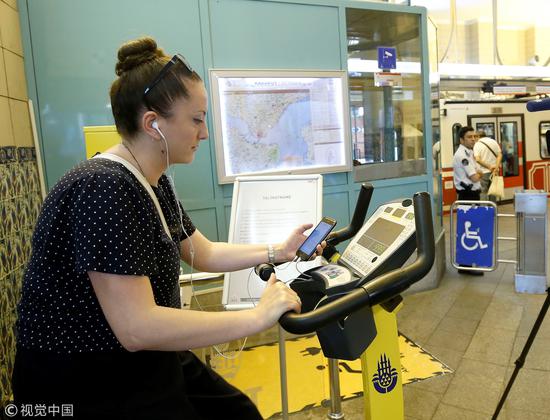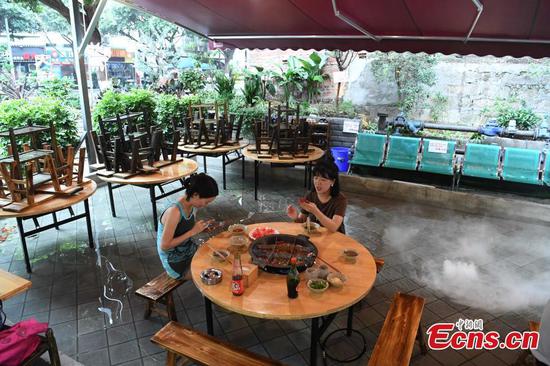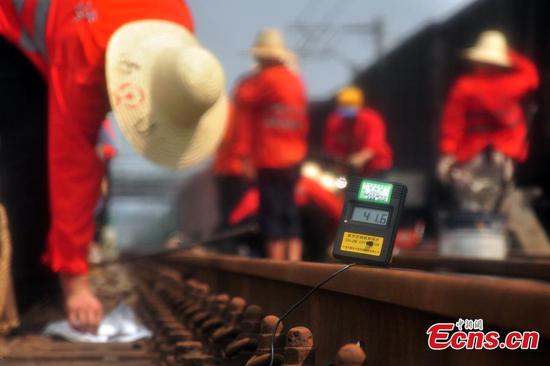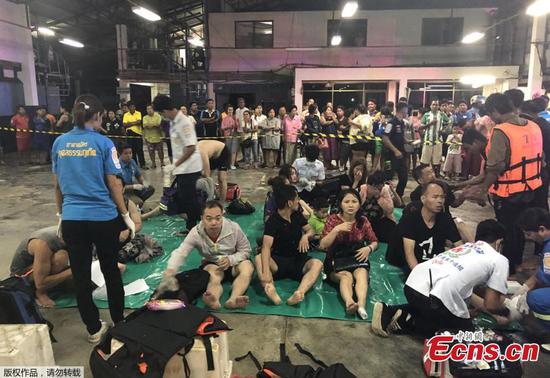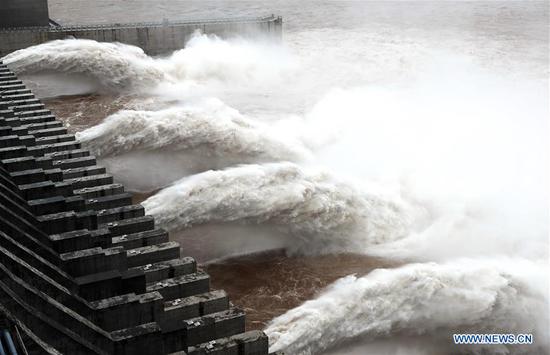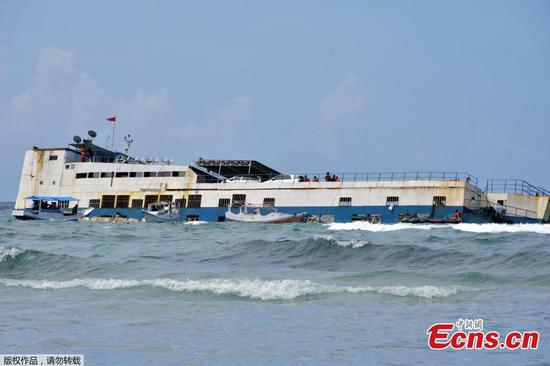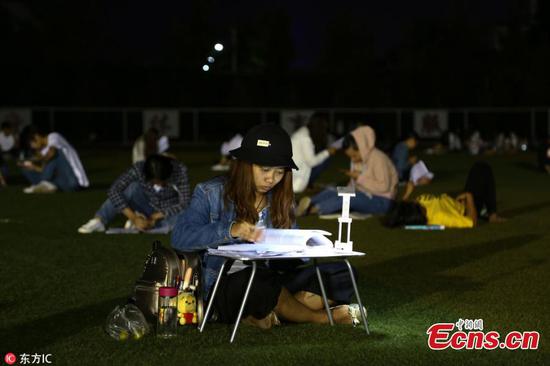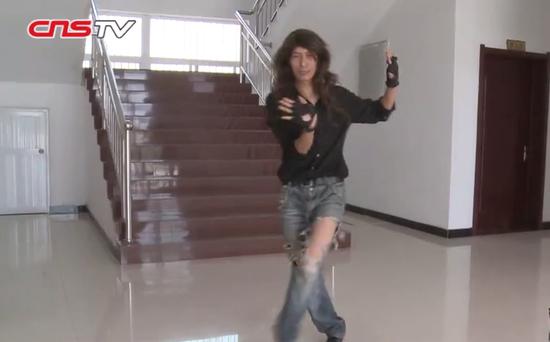School violence among students in China has come to the forefront in recent years, partly due to viral posts on the country's social media, where frustrated parents write about the physical and psychological abuse their children suffer, often with little help from educators.
Municipal governments in China are implementing plans to combat school bullying in the face of growing public recognition of an entrenched, but often unaddressed, problem.
In 2016, a mother detailed on China’s Twitter-like Weibo how two boys dumped a trash can filled with used toilet paper on her 10-year-old son, but when she brought up the issue at the school in Beijing, her son’s teacher thought the boys had simply taken a joke too far. She added that after the incident, her son was diagnosed with acute stress disorder, which is caused by severe anxiety.
Last December, the Ministry of Education and other state-level institutions released a comprehensive plan targeting bullying in primary and secondary schools, calling for explicit punishments such as expulsion and even criminal penalties if one engages in such behavior. Similar guidelines were issued in 2016, holding officials responsible for addressing school violence in their districts.
Local government initiatives are now rolling out accordingly. The education department in north China’s Hebei Province, for instance, stated in a press release on Friday that it will set up a provincial task force and hotline to address bullying. A district in Beijing urged schools to report a case ten minutes within an incident, reported Xinhua News Agency.
What do we know about bullying?
As bullying can happen in private places such as restrooms, parents and teachers often aren't able to directly observe instances of the abuse. But there are signs that someone is suffering, according to the US government website Stop Bullying. They include having unexplainable injuries, feigning sickness, and a lower self-esteem. More serious behaviors involve thoughts of self-harm or suicide.
As for the notion that bullies are unpopular individuals, a study in 2000 found that many highly aggressive males from fourth to sixth grade are actually among the most socially connected, according to the American Psychological Association (APA).
Once bullying is identified, it is important to address it, the APA notes. Instead of telling the child to brush off the abuse, parents are advised to have a conversation to understand what’s really going on, offer children support by helping them deal with bullying when it happens, and then address the school or report serious incidents to the police.
If a child is being bullied, the association suggests standing your ground while telling the bully to stop or walking away, but not reverse bullying. Tell a parent, teacher, or another authority figure you trust as soon as you can.
All of this may be easier said than done, since some children may not want to ask for help, says Stop Bullying. Aside from not wanting to be seen as a tattletale, they may think that no one cares about them even if they do tell, or they fear that adults might judge or punish them for being weak.
The resource asserts that it’s important not to apply labels such as “victim” or “bully,” instead addressing the behavior by calling them the “child that bullied” or the one that “got bullied,” so that they see the act as something that can be changed. Supporting the kids involved throughout the process is an important thing that both parents and educators can do.














